What will a car become in 14 years: operational experience of the Opel Astra
- September 20, 2022
- 0
Every car sooner or later turns into an Opel. There is a grain of truth in this joke. And what will Opel Astra become after 14 years of
Every car sooner or later turns into an Opel. There is a grain of truth in this joke. And what will Opel Astra become after 14 years of
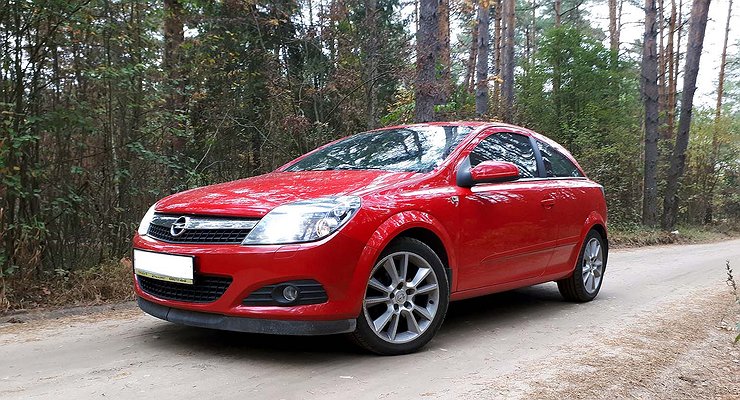
I bought a new Opel Astra GTC in 2008. Just before the crisis, when car prices skyrocketed. The Astra had everything I wanted at the time: good looks, rich equipment and a naturally aspirated engine with an output of 140 hp. met., which is accompanied by a five-speed “mechanics”. No “tubro” and “robots”. Now I understand that the choice was right. The engine proved reliable and there were no problems with it during all that time. Besides, he steadfastly endured the moments when I postponed the oil change. This had no influence on his work. But I rarely did. I usually change the oil on time. Filled with Castrol 5W40. It is also important that there is still no maslozhora. I used to have an Astra G hatchback, so it even “ate” a new three hundred grams per 1000 km.
The only complaint is the decent fuel economy. Even on the highway, a light hatch needs 10 liters per 100 km. The gearbox also plays a role here. If a five-speed gearbox is sufficient in the city, then the absence of a sixth gear outside the city is acutely felt. “Intervene” would be “sixth” and the cost would be less! But it doesn’t exist and you have to accept it.
Never had any problems with overtaking. 140 forces are more than enough to outrun trucks on the track. And in the city the car is quite playful. From the traffic light you can “make” more powerful cars.
Of the “near engine” problems, I will only note a temperature sensor failure, which caused the cooling fan to start working even when the engine was turned off. The sensor was replaced during the service, indicating that it would be closer to winter time to replace the thermostat. I’m waiting for this moment, while it works regularly.
And here’s what else went wrong. I replaced the exhaust wave quite early. She started to burn out at 35,000 miles, so I decided not to go to extremes. For a spare part and work they took 1,000 rubles at “anti-crisis” prices. At 45,000 km it was the turn of the Silent Blocks front and rear. They cranked up, which started with a small “zhor” band. But I noticed in time, which saved the tires. And at 50,000 km it was the turn of the brake discs (all four) and brake pads. The fact is that I gradually began to notice: when braking, parasitic vibrations appear on the handlebars. At the same time, the outer surfaces of the discs were in order. But deep grooves and rust are already visible on the inside. Here I throw a stone in the garden at the German designers. The fact is that Astra has no mudguards. Therefore, the disks become an expensive consumable. Especially the rear ones, because they fly the most dirt.
Another observation. Corrosion protection at “Astra” at a high level. In chips, even if they are not painted over, rust does not appear for a long time. But I can’t say that about plastic parts. After eight years of use, the chrome on the tailgate started to swell, as did the paint on the roof, near the windshield (seen in the photo). She’ll be over soon.
As for the interior, it turned out to be extremely strong. There are no “crickets” in the front panel. Plastic and leather do not rub off. Disappointed only leatherette on the driver’s seat, which cracked. But the fabric is in good condition even after 14 years of use.
In general, the machine is very satisfied. The power unit is reliable, the chassis is strong and the exterior is still modern. Little ground clearance. But I immediately placed a steel sump protection, so that the bottom was never “applied”. Only once, on the way to the dacha, a stone passed between the wheels and hit the defense. But she survived the blow. Only a scratch remained on the steel plate. This incident ended. So install crankcase protection. On our roads it is necessary, even if you are a careful driver.

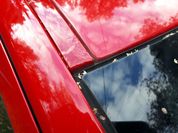
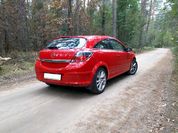
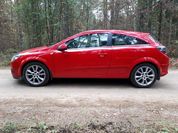
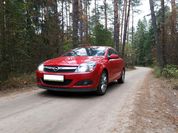
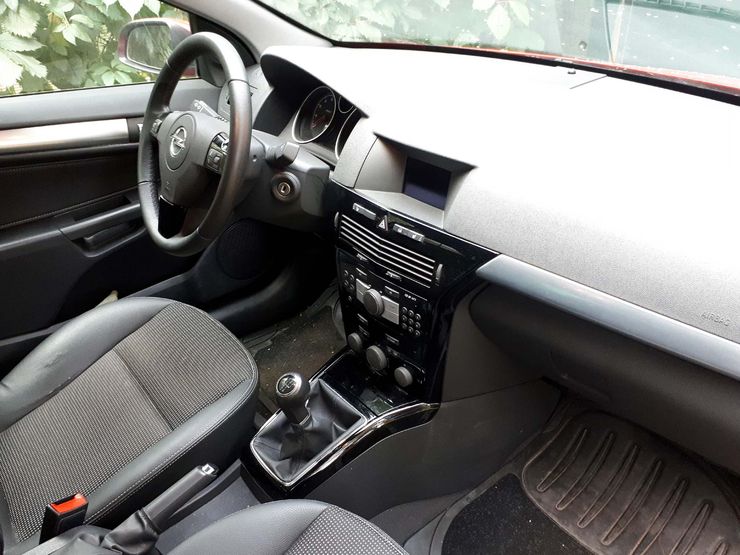
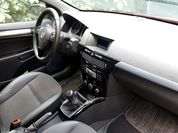
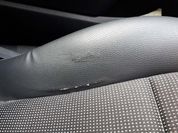

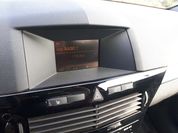
I bought a new Opel Astra GTC in 2008. Just before the crisis, when car prices skyrocketed. The Astra had everything I wanted at the time: good looks, rich equipment and a naturally aspirated engine with an output of 140 hp. met., which is accompanied by a five-speed “mechanics”. No “tubro” and “robots”. Now I understand that the choice was right. The engine proved reliable and there were no problems with it during all that time. Besides, he steadfastly endured the moments when I postponed the oil change. This had no influence on his work. But I rarely did. I usually change the oil on time. Filled with Castrol 5W40. It is also important that there is still no maslozhora. I used to have an Astra G hatchback, so it even “ate” a new three hundred grams per 1000 km.
The only complaint is the decent fuel economy. Even on the highway, a light hatch needs 10 liters per 100 km. The gearbox also plays a role here. If a five-speed gearbox is sufficient in the city, then the absence of a sixth gear outside the city is acutely felt. “Intervene” would be “sixth” and the cost would be less! But it doesn’t exist and you have to accept it.
Never had any problems with overtaking. 140 forces are more than enough to outrun trucks on the track. And in the city the car is quite playful. From the traffic light you can “make” more powerful cars.
Of the “near engine” problems, I will only note a temperature sensor failure, which caused the cooling fan to start working even when the engine was turned off. The sensor was replaced during the service, indicating that it would be closer to winter time to replace the thermostat. I’m waiting for this moment, while it works regularly.
And here’s what else went wrong. I replaced the exhaust wave quite early. She started to burn out at 35,000 miles, so I decided not to go to extremes. For a spare part and work they took 1,000 rubles at “anti-crisis” prices. At 45,000 km it was the turn of the Silent Blocks front and rear. They cranked up, which started with a small “zhor” band. But I noticed in time, which saved the tires. And at 50,000 km it was the turn of the brake discs (all four) and brake pads. The fact is that I gradually began to notice: when braking, parasitic vibrations appear on the handlebars. At the same time, the outer surfaces of the discs were in order. But deep grooves and rust are already visible on the inside. Here I throw a stone in the garden at the German designers. The fact is that Astra has no mudguards. Therefore, the disks become an expensive consumable. Especially the rear ones, because they fly the most dirt.
Another observation. Corrosion protection at “Astra” at a high level. In chips, even if they are not painted over, rust does not appear for a long time. But I can’t say that about plastic parts. After eight years of use, the chrome on the tailgate started to swell, as did the paint on the roof, near the windshield (seen in the photo). She’ll be over soon.
As for the interior, it turned out to be extremely strong. There are no “crickets” in the front panel. Plastic and leather do not rub off. Disappointed only leatherette on the driver’s seat, which cracked. But the fabric is in good condition even after 14 years of use.
In general, the machine is very satisfied. The power unit is reliable, the chassis is strong and the exterior is still modern. Little ground clearance. But I immediately placed a steel sump protection, so that the bottom was never “applied”. Only once, on the way to the dacha, a stone passed between the wheels and hit the defense. But she survived the blow. Only a scratch remained on the steel plate. This incident ended. So install crankcase protection. On our roads it is necessary, even if you are a careful driver.
Source: Avto Vzglyad
I’m Sandra Torres, a passionate journalist and content creator. My specialty lies in covering the latest gadgets, trends and tech news for Div Bracket. With over 5 years of experience as a professional writer, I have built up an impressive portfolio of published works that showcase my expertise in this field.